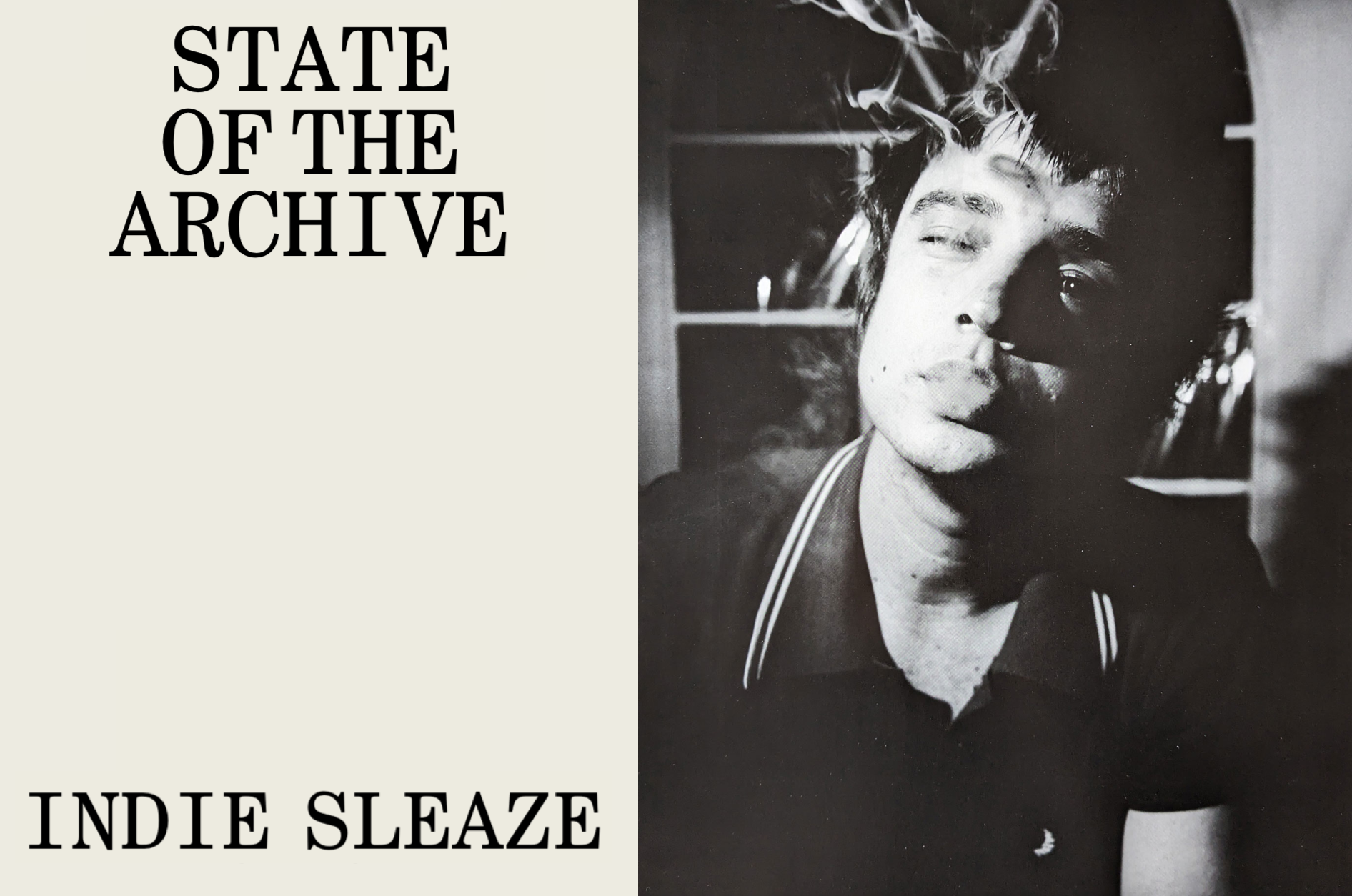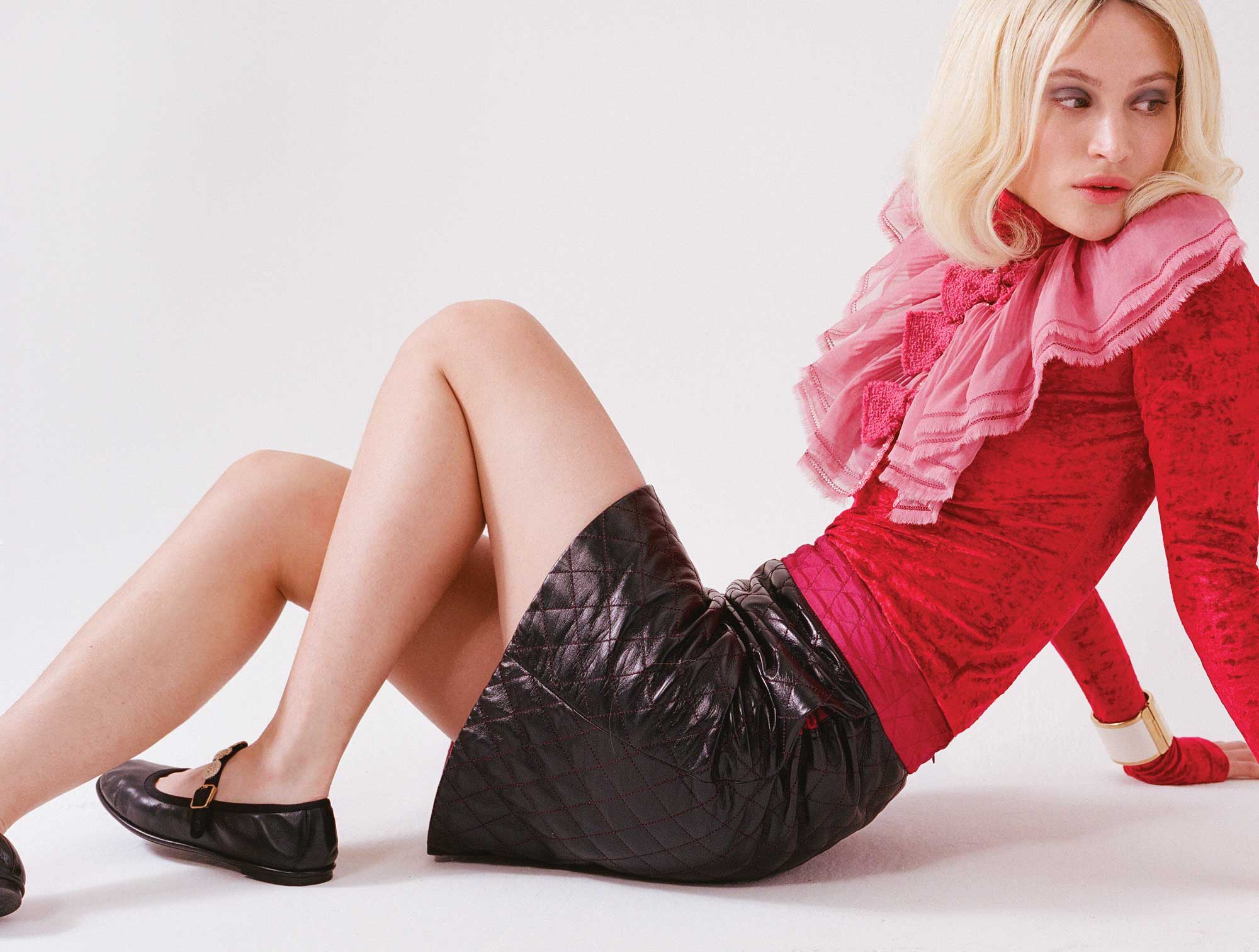For many, the term ‘indie sleaze’ calls up little more than a trending revival. But for INDIE in the 2000s, it was foundational. Years before zoomers were taking to TikTok to announce the aesthetic’s return, INDIE founder Kira Stachowitsch was deeply involved in the music and fashion that built the era in the first place—and the bands, it-girls, smudged make-up and deep Vs all trickled their way down into the newly established mag.
At the same time Olivia V., who now presides over viral Instagram account @indiesleaze, was rampaging through niche online spaces and consorting with the leading lights of Toronto’s scene. Essentially coining the term herself, Olivia V.—who goes by a pseudonym for anonymity—is leading the indie revivalists’ charge on behalf of the entire internet, and draws from a base of knowledge and personal experience matched by few. Alongside archival INDIE shoots featuring the likes of The Horrors and Sky Ferreira, Stachowitsch and Olivia V. reminisce about MySpace, music, and maximalism, and discuss the highs and lows of all things that shaped ‘indie’ as we look back on it today.
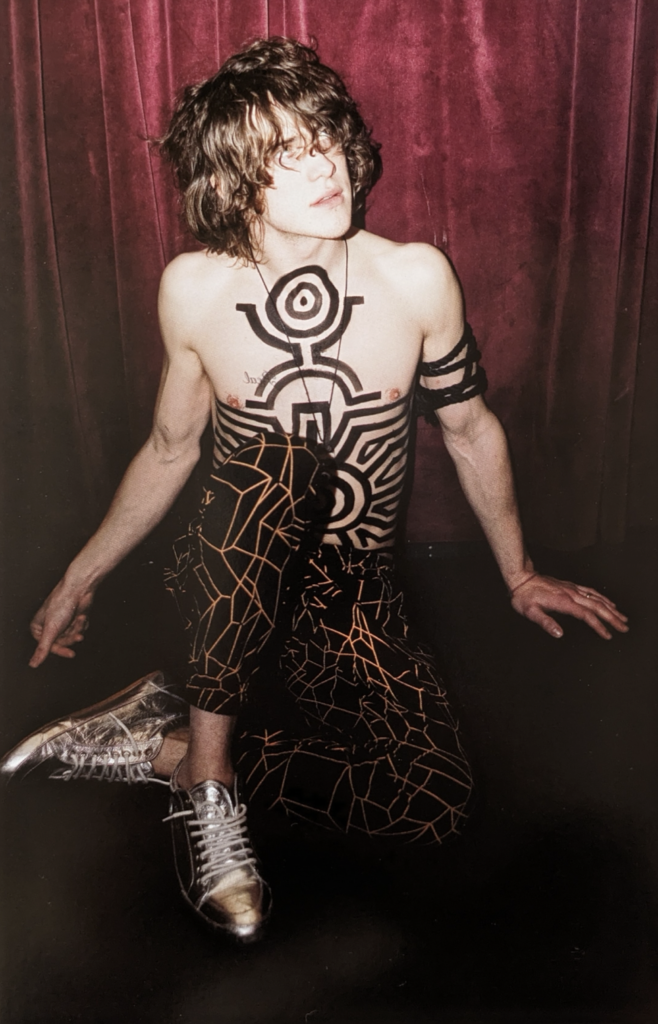
MGMT by Pavla Kopecna, Issue 20, 2008
OLIVIA V.: I first entered what we would now call the ‘indie sleaze’ scene through the internet. I was 14 or 15, discovering all these music subcultures that existed on MySpace, reading blogs, stuff like that. So for me, as it was for a lot of people, it was mainly online.
KIRA STACHOWITSCH: It’s interesting you say that, because of course, things like MySpace and Lookbook—iconic, obviously—were a big deal for me too, but I think my experience was a little more offline. I was reading The Face and NME, going to gigs… so being part of this scene was perhaps a more deliberate choice for me, and it happened mostly in the real world.

Soko by Julie Ganter and Roxane Lagache, Issue 16, 2007
KIRA STACHOWITSCH: It didn’t occur to me when we named the magazine ‘INDIE’, which obviously stands for wider independent culture, that this particular scene had a time stamp on it and would sort of disappear.
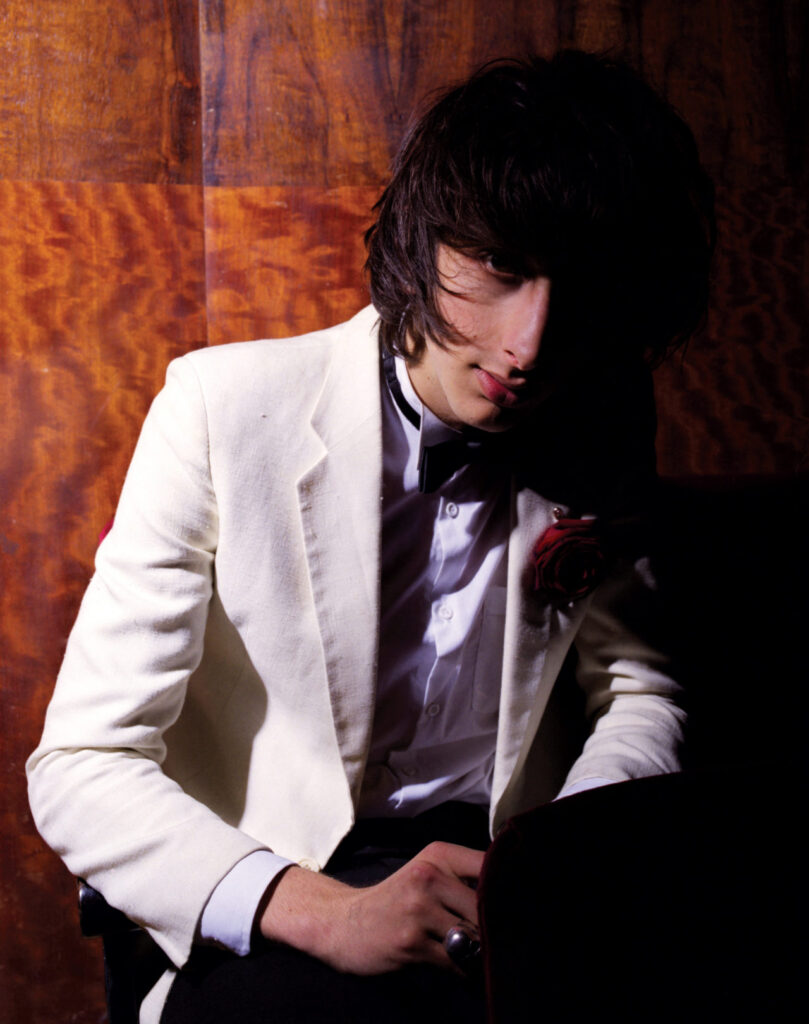
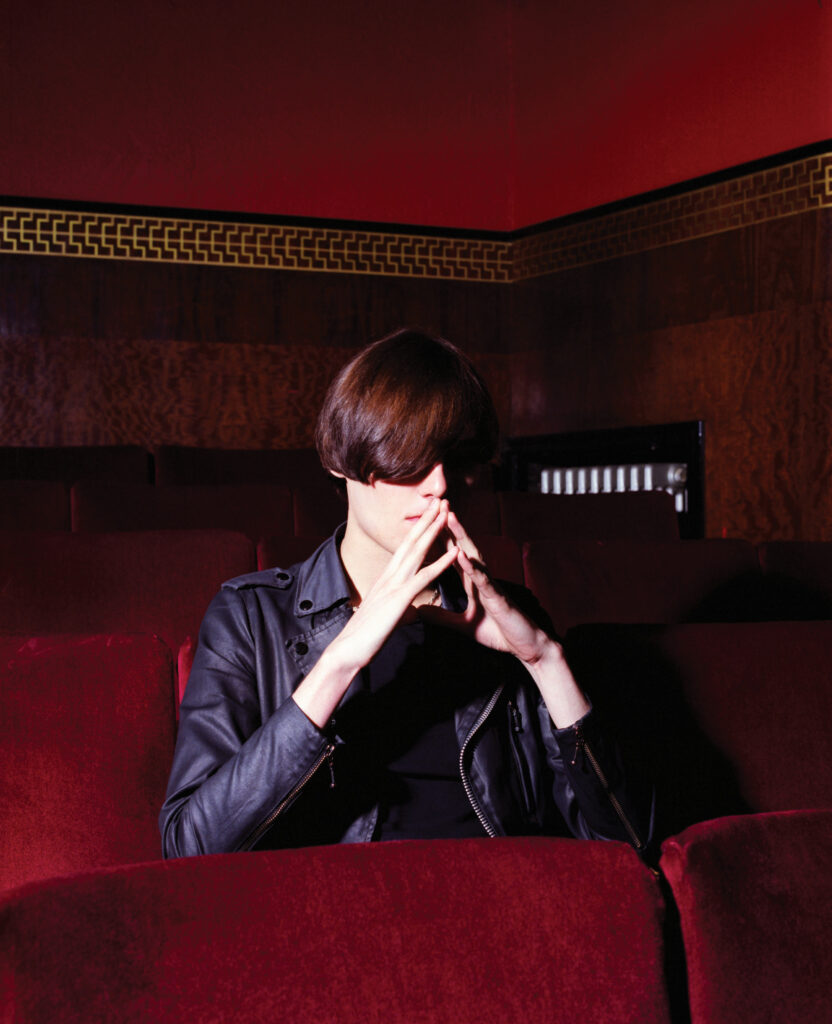
The Horrors by Pavla Kopecna, Issue 23, 2009
OLIVIA V.: I remember on MySpace, when ‘indie’ became more of a genre, it just became the coolest thing to say, “I love indie music”.
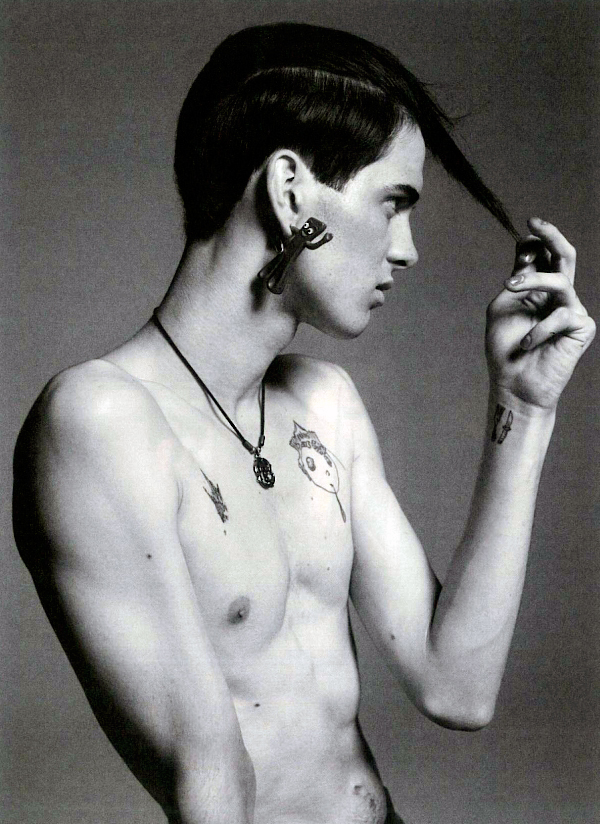
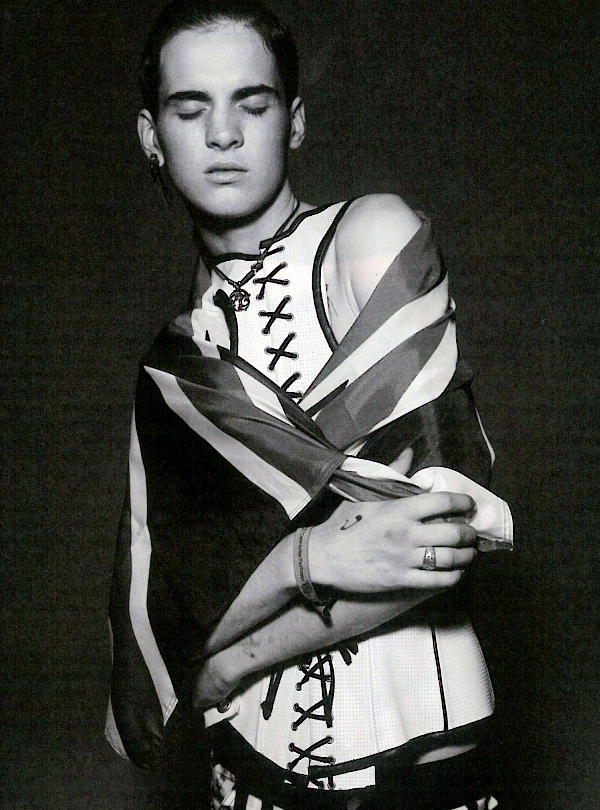
Jethro Cave by Stefan Heinrichs and Ylmaz Aktepe, Issue 24, 2009
KIRA STACHOWITSCH: When I revisit these shoots, they show people caring so much about their appearance, but trying to make it look like they don’t care at all. That’s very hard to do—it’s an art form in some sense.
OLIVIA V.: People were wearing last night’s makeup to the next day’s party in the indie sleaze era. From 2003 or so to about 2012, this very messy, maximalist era of fashion and music flourished.
In music, people wanted to be crossing genres; no one wanted to be pigeonholed into one specific sound… This decade was an embrace of that messiness, that maximalism.
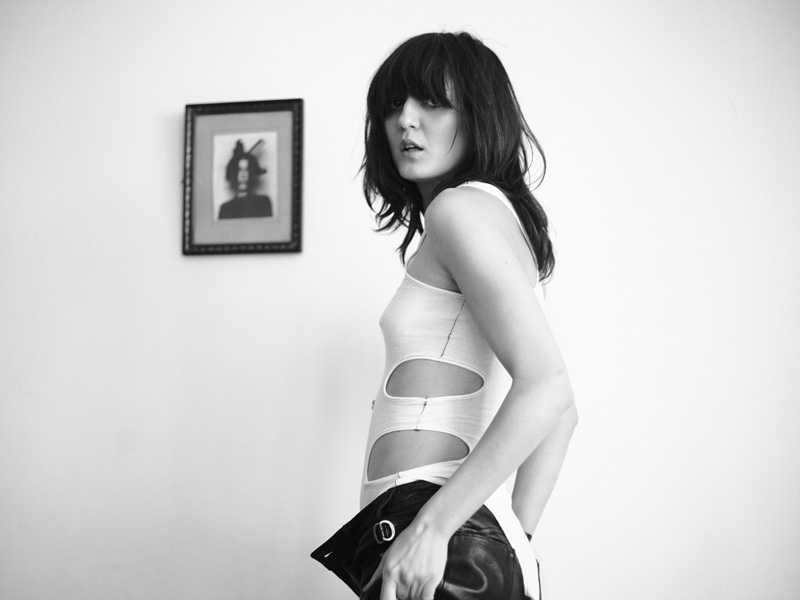
Irina Lazareanu by Edouard Plongeon and Marine Braunschvig, Issue 34, 2012
KIRA STACHOWITSCH: It’s also interesting to note the hedonism and party culture of this time. A lot of these aesthetics express rebellion. But for most of these bands, there was no message behind those aesthetics.
OLIVIA V.: Definitely—Definitely although, that’s not necessarily a criticism. I think it was a lot more fun! We also still had incredible artists such as M.I.A., who was talking about immigration and the geopolitical climate in her music, or Metric, who were talking about censorship and government surveillance. But not every band has to have a political message behind their music. Some people aren’t even suited to telling other people about politics. Some people can’t say stuff like that without messing it up.
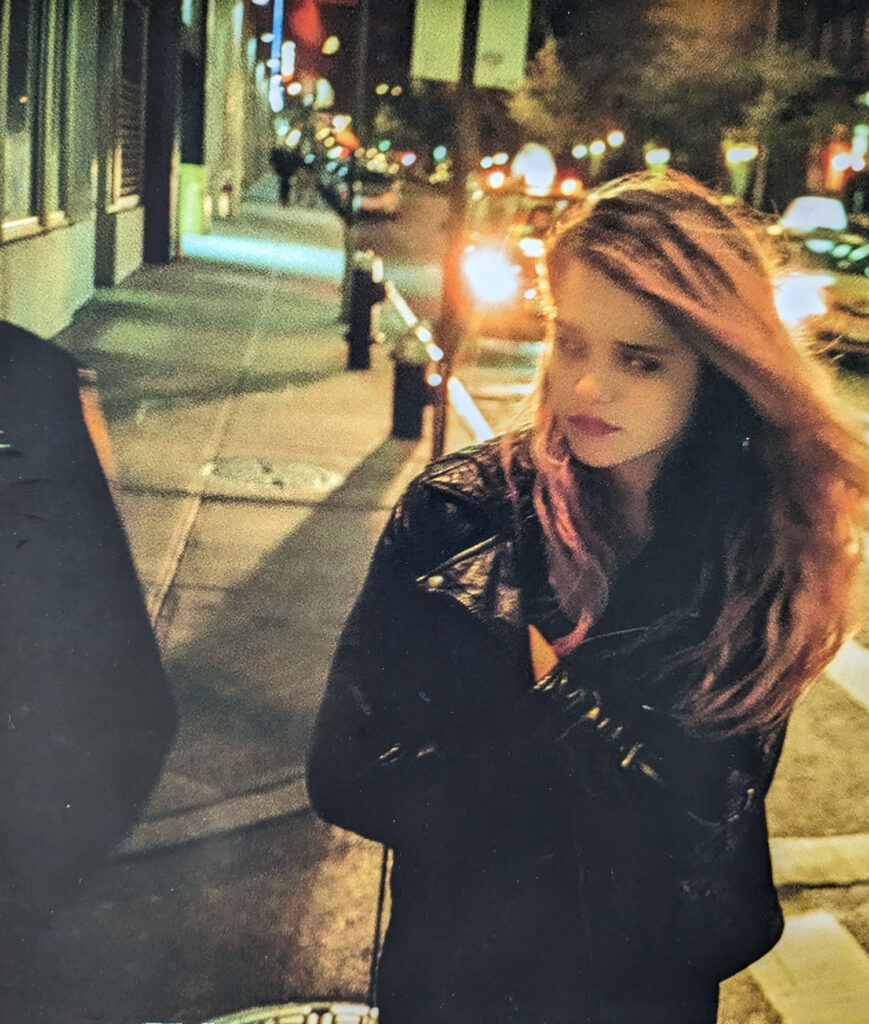
Sky Ferreira by Matthew Hitt, Issue 32, 2011
KIRA STACHOWITSCH: One thing I do want to highlight is that this was a very white subculture. Looking at representation through our lens today, I go back and I see there wasn’t room for everyone.
OLIVIA V: Independent journalists were covering this, though the larger media publications hadn’t caught up. I think this period was incredibly diverse in a lot of ways, but the spotlight was hard to find, and non-white acts wouldn’t get half the publicity of bigger, white male-led bands. Another criticism was that the scene wasn’t very LGBT-friendly, though bands like Lesbians on Ecstasy, Avenue D, Fischerspooner, Bloc Party, and Peaches could disprove that argument. Maybe they weren’t the most mainstream symbols of the era, but if you were a part of the online subcultures or at any of the indie dance nights, you knew of all these artists, and you loved them.
Header Image: Pete Doherty by Stian Andersen, Issue 12, 2006
